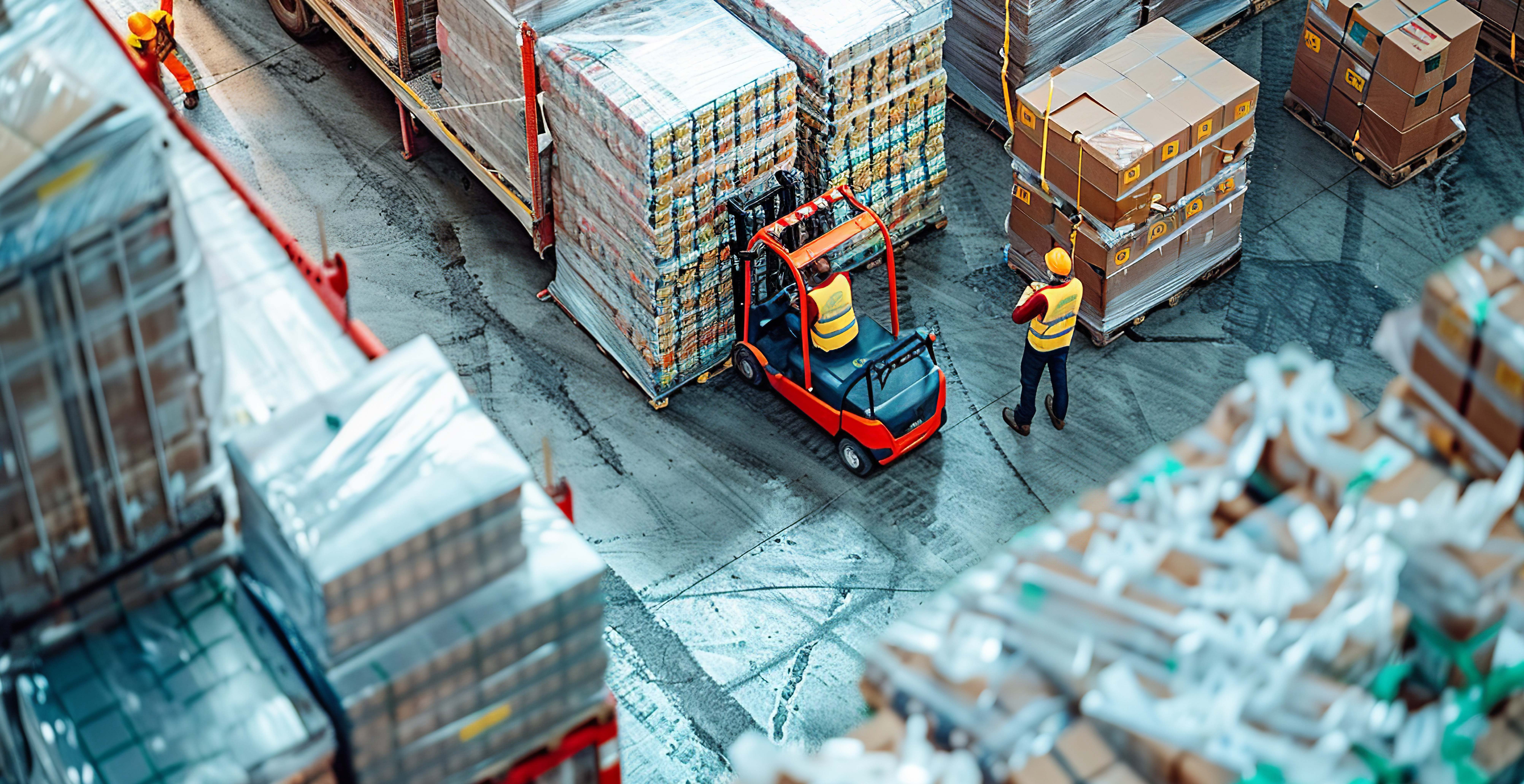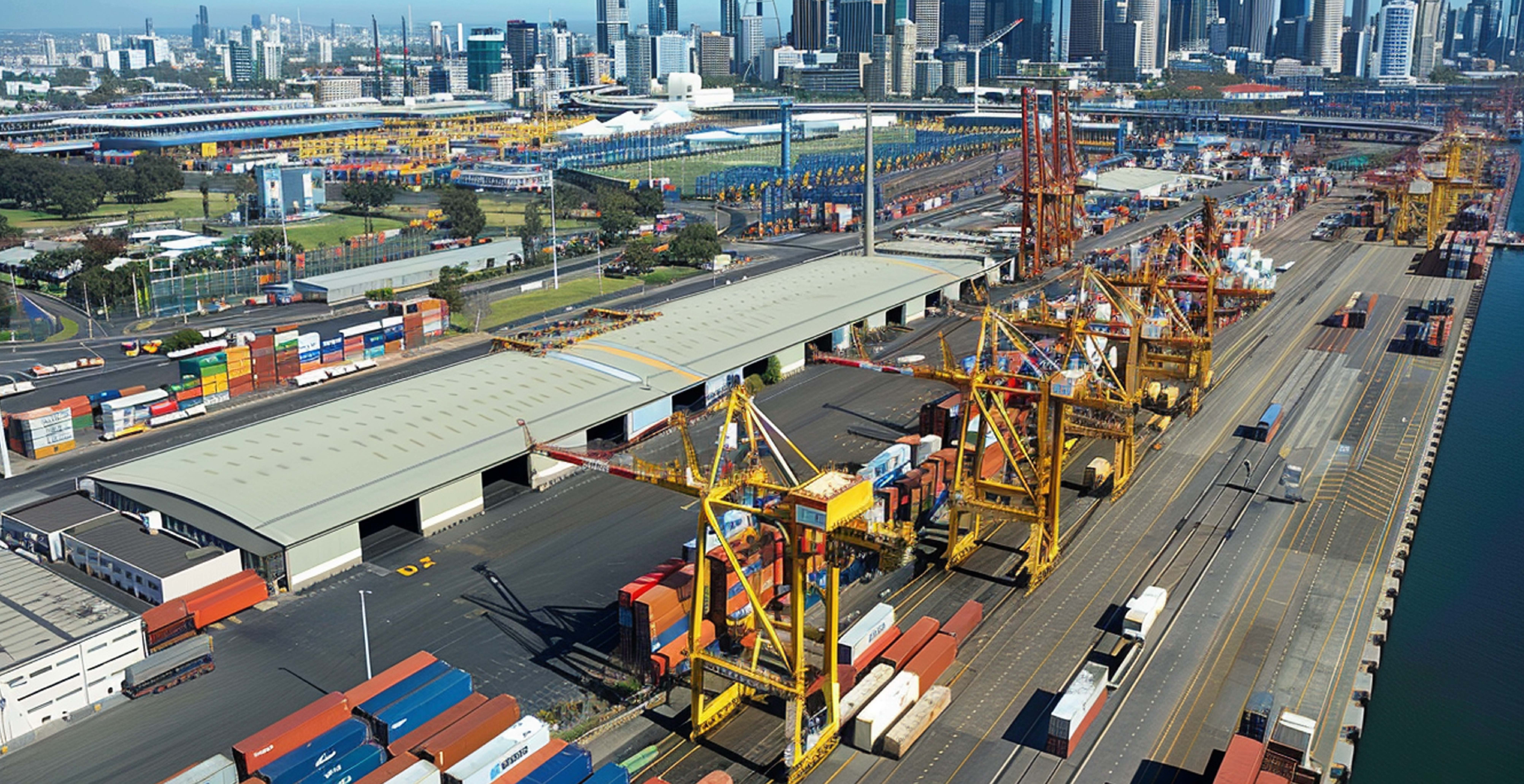
03 Sep
Logistics Sector Development Strategy to Support Indonesia's Economy
The logistics sector plays a crucial role in supporting a country's economic growth, including Indonesia. The Indonesian government has recently set an ambitious economic growth target, hoping to reach 8% in the near future.
To achieve this target, the logistics sector is one of the main focuses, given its vital role in facilitating the flow of goods and services, as well as connecting various economic sectors.

Logistics companies in Indonesia are also expected to play a greater role in driving economic progress, including increasing the competitiveness of Indonesian products in the international market.
Therefore, cooperation between the government, industry players, and the community is needed to ensure that this sector can develop well and provide maximum impact on the Indonesian economy.
Therefore, in this case Supply Chain Indonesia (SCI) presents comprehensive recommendations for the development strategy of Indonesia's logistics sector in an effort to support economic growth, here are the main strategies that can be implemented:
Read more: Things to Watch Out for Regarding Foreign Shipments
1. Strengthening Commodity Supply Chain
The first step in logistics sector development is to strengthen commodity supply chains. This includes several important focuses:
a) Commodity Focus and Downstream: Identify strategic commodities that have great potential to be developed, followed by downstream efforts to increase the added value of these products. This will help improve the competitiveness of Indonesian products in the global market.
b) Supply Chain Mapping: Conduct a thorough mapping of the supply chain of each commodity. This is important to identify potential bottlenecks and find effective solutions.
c) Integrated Supply Chain Development: Integrate various components in the supply chain, from production to distribution, to create higher efficiency and reduce logistics costs.

2. Regional Development
Regional development is a key element in strengthening the logistics sector in Indonesia. This strategy includes:
a) Regional Potential Commodity Development: Identifying and developing potential commodities in various regions of Indonesia, tailored to their local characteristics and advantages. This also includes efforts to increase the added value of these commodities to boost local economic growth.
b) Development Integration and Logistics Paradigm Shift: Changing the logistics paradigm from a mere carrier of goods to a strategic component integrated with regional economic development.
3. Development of Connectivity
Connectivity is the foundation for an efficient logistics system. This strategy involves:
a) Infrastructure Development: Development and improvement of transportation infrastructure, such as toll roads, ports, and airports, to support faster and more efficient logistics flows.
b) Hub & Spoke Arrangement: Building and structuring strategic logistics hubs that serve as major distribution centers, supported by a spoke network that connects to various regions.
c) Multimodal Transportation Development: Implementation of end-to-end integrated multimodal transportation, connecting various modes of transportation such as land, sea, and air to create a more efficient logistics system.
d) Information Technology Utilization: Integrating information technology in logistics management, including the use of big data, IoT, and artificial intelligence to improve operational efficiency and decision-making.
Read more: Government Strategy to Lower Logistics Costs to 8 Percent
4. Competency and Capability Development
Human resources and technology are important elements in the development of the logistics sector. This strategy includes:
a) Human Resource Competency Development: Improve the competence of human resources in the logistics sector through training, certification, and education focusing on logistics technology and management.
b) Process and Technology Improvement: Utilize the latest technology to improve productivity and competitiveness.
c) Global Network Development: Strengthen Indonesia's global network by building strategic partnerships with other countries.
5. Regulation & Institutionalization
Regulatory and institutional aspects are important foundations in supporting the successful development of the logistics sector. This strategy includes:
a) Establishment of a Logistics Law: Establishment of a logistics-specific law as a medium-term target to provide a clear legal framework and support the development of the sector.
b) Revision of Presidential Regulation 26/2012: Revise Perpres 26/2012 on Blueprint for National Logistics System Development to make it more relevant to current conditions and needs.
c) Establishment of National Logistics Agency: Establish a national logistics agency tasked with coordinating and overseeing the development of an integrated logistics sector.
d) Harmonization of Regulations: Harmonize regulations between logistics-related sectors, both at the national and regional levels, to create a more conducive business environment.
Read more: Maritime History of Indonesia
With the implementation of the above strategies, the logistics sector in Indonesia can develop more optimally, support economic growth, and improve Indonesia's competitiveness at the global level.
Source:
Pertumbuhan Ekonomi Ditarget Tumbuh 8 Persen, SCI: Industri Logistik Persiapkan Strategi Khusus
Peran Vital Perusahaan Logistik Dorong Kemajuan Prekonomian Indonesia
SCI Rekomendasikan Strategi Pengembangan Sektor Logistik ke 8 Persen Pertumbuhan Ekonomi Indonesia

